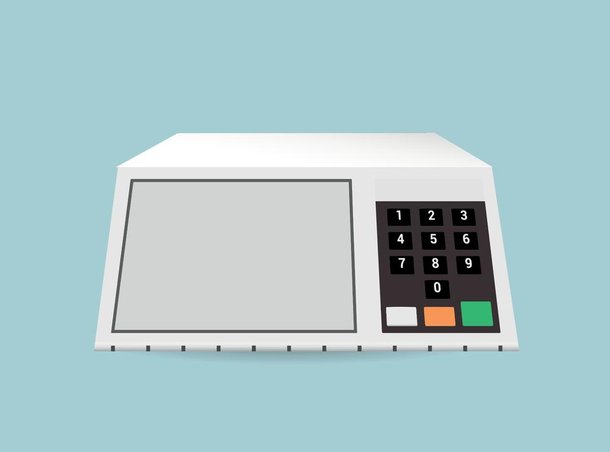Todo ano eleitoral surge a mesma dúvida para algumas pessoas: afinal, qual é a diferença entre um voto branco e um voto nulo?
Se essa dúvida também a pela sua cabeça ou conhece alguém que já lhe fez essa pergunta e não soube como explicar, confira a resposta nas linhas a seguir.
O que é um voto branco?
Conforme o Glossário Eleitoral do Tribunal Superior Eleitoral (TSE), é considerado um voto branco aquele em que eleitor não manifestou preferência por nenhum dos candidatos disponíveis na seleção em que está (presidente, deputado, senador, etc).
Atualmente as urnas contam com um botão separado para essa seleção, mas antigamente, na época das cédulas, era preciso entregar o papel sem marcar nenhuma das opções para ele ser considerado como um voto branco.

O que é um voto nulo?
Já no voto nulo, o eleitor manifesta que não selecionou nenhum dos candidatos existentes naquela eleição. Dessa forma, para registrar um voto nulo é necessário pressionar botões que não representem nenhum candidato (tipo “00” para presidente ou governador, por exemplo) e depois confirmar essa opção.
No período das cédulas, era comum fazer um grande X no papel para indicar que estava anulando o seu voto.
Voto branco ajuda uma legenda ou o vencedor?
Essa é outra dúvida que acaba rondando a mente de muitas pessoas, e a resposta para isso é bem simples: atualmente, o voto branco não vai para a legenda, nem para o candidato que está com mais votos.
A própria Constituição prevê que “é eleito o candidato que obtiver a maioria dos votos válidos, excluídos os brancos e nulos”. Dessa forma, engana-se quem pensa que mais da metade dos votos nulos podem cancelar as eleições, pois ainda assim seriam considerados todos os que foram computados de maneira válida, respeitando a lógica dos 50% + 1 para declarar um vencedor em cargos mais altos.
Fonte: MegaCurioso.
